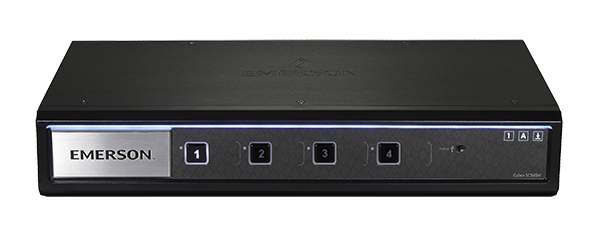Multi Monitor KVM Switches Types

Native Multi-Monitor KVMs
(2 to 4 Monitors)KVM Switches Online offers a variety of KVM Switches with built-in dual, triple, or quad-monitor support. These KVM Switches feature multiple video ports for each source, as well as the KVM user station(s).

Chaining Native Multi-Monitor KVMs
(5 to 8 Monitors)You can chain together certain multi-monitor KVM switches, such as Adders AdderView Pro series KVM Switches, to support even more monitors, allowing up to 8-monitor configurations. For example, you can chain two 4-monitor 4-port KVM Switches to create a 8-monitor 4-port KVM Switching solution.

Linking CatX KVM Ports Together
(2 to 10 Monitors)Some High Density CatX KVM Switches allow you to chain together separate ports into 'follow' mode which automatically opens up all the relevant displays when connecting to a server. This allows you to natively switch between single or multi-monitor computer or server systems.

Multi-Monitor Through Multiple Network IP KVM Sessions
(2 to Unlimited Monitors)Some KVM Over IP Switches and Desktop-Over-IP solutions allow you to link together separate ports through software into 'follow' mode, which automatically opens up all the relevant displays when connecting to a server. This allows you to natively switch between single or multi-monitor computer or server systems. Alternatively, any IP KVM Switch, even ones that do not support naitive multi-monitor switching, can support multi-monitor switching and control by opening up multiple IP sessions in different windows or tabs in a web browser or the KVM client.

Video Wall - Keyboard & Mouse Only Switches
(2 to Unlimited Monitors)A Keyboard & Mouse Switch (KM Switch) is the ideal solution for streamlining access to critical information from multiple computer systems in a command-center video wall type configuration. KM Switches often allow users to automatically switch between target computers simply by moving the mouse pointer from screen to screen. Many KM switches can also be easily configured to display content and switch in dual, triple, or quad head monitor group configurations.











































